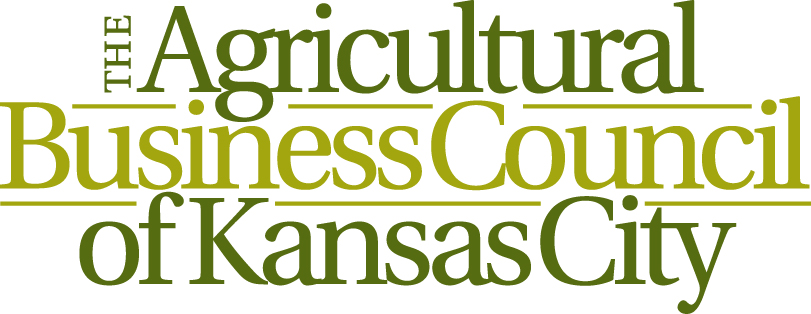Box Score of a Successful Bid
/Compiled by
Kansas City Area Development Council and Kansas City Animal Health Corridor
According to a USDA cost-benefit analysis, conservative estimates show the selection of the Kansas City region for the new home of its Economic Research Services and National Institute for Food and Agriculture will result in savings of around $300 million over a 15-year lease term on employment costs and rent – about $20m per year. These savings will allow the USDA to increase funding for research, as well as retain programs and employees – "even in the face of tightening budgets.”
WHY KC
Because of Kansas City’s 100+ year legacy of leadership in the agriculture and animal health industries, this decision feels like a homecoming for the USDA. The USDA’s core strengths match the Kansas City region’s: agriculture, technology, engineering, finance, logistics, customer service and more.
Kansas City is already home to more than a dozen USDA agency operations. More than 5,000 USDA employees and contractors work in Kansas City for operations such as the Office of Animal & Plant Health Inspection Service and the Farm Service Agency. The Kansas City area also boasts 35,000 federal employees, and a robust Federal Executive Board serving the metro’s 150 federal agencies.
With 56% of total worldwide animal health, diagnostics and pet food sales and 300+ animal health companies, the Kansas City region is home to the KC Animal Health Corridor (KCAHC). Major companies with a presence in the region include Bayer Animal Health, Boehringer Ingelheim, Hills Pet Nutrition and Merck Animal Health.
Located in the middle of the Heartland, Kansas City is within 300 miles of 13 land-grant universities as well as top research universities. No one location in the United States offers a similar cluster of land grant access and diversity.In 2017, these institutions graduated more than 150 PhDs in an agriculturally-related field.
KC’s RESEARCH CAPABILITIES
National Bio and Agro Defense Facility (NBAF) – USDA’s foremost animal disease research facility in Manhattan, Kansas. Opening 2022-2023.
Kansas State University - a land-grant university and one of the leading ag research institutions in the nation. Discoveries at K-State have led to innovation in food science and safety; animals and animal systems; and plants and crop systems.
University of Missouri – the College of Ag, Food and Natural Resources provides research, blends traditional and high-tech policy and directly impacts the future.
Kansas City is in the heart of the National Security Crossroads – a multi-state initiative aimed at retaining and expanding existing federal national security missions in the Heartland.
Within the National Security Crossroads, there are seven major military bases covering the Air Force, Arm and Navy branches. There are also six national security installations where they focus on the following: geospatial-intelligence, net-centric solutions, non-nuclear component manufacturing, combined arms preparations, strategic attack deterrents and bio-threat prevention.
MRI Global – research, technology development and technical services for government programs in Kansas City, Missouri.
Stowers Institute for Medical Research – world-class biomedical research organization in Kansas City, Missouri, dedicated to improving human health by studying the fundamental processes of life.
Kansas City has invested in its technology infrastructure. The city has the world’s most connected Smart City program with free wi-fi across 50 square blocks downtown, smart streetlights along a two-mile stretch of the new KC Streetcar line and 25 interactive kiosks to engage citizens.
KC’s RESOURCES
The KC region has a robust scientific research community, specifically as it relates to agriculture.
Kansas City is within 300 miles of 13 land-grant universities as well as top research universities. No one location in the United States offers a similar cluster of land grant access and diversity.
In 2017, these institutions graduated more than 150 PhDs in an agriculturally-related field.
Kansas City is also home to the world’s largest concentration of animal health industry assets, putting the USDA at the global epicenter of livestock health and food safety.
COMMUNITY SUPPORT
KC’s’s cost of living is below the national average, and average sales price of a home in KC is less than half of the average home price in Washington D.C. and its suburbs.
The KC MSA has experienced a positive net migration of 12,103 from 2016-2017, greater than Boston, Chicago, LA, New York, San Francisco, Silicon Valley and Washington, D.C.
KC has all of the amenities of a large city, with a strong tech economy and revitalized downtown core.
KC has invested in its technology infrastructure, and has the world’s most connected Smart City program with free wi-fi across 50 square blocks downtown, smart streetlights along a two-mile stretch of the new KC Streetcar line and 25 interactive kiosks to engage citizens.
More than 130 elected officials, civic organizations, economic development and private sector partners came together to support the KC region’s bid for the USDA ERS and NIFA offices. There is no other community that can galvanize that kind of collaboration across two states and 18 counties – and we will bring that same support to the table in assisting the USDA with their relocation to the KC market.
The KC MSA has experienced a positive net migration of 12,103 from 2016-2017, greater than Boston, Chicago, LA, New York, San Francisco, Silicon Valley and Washington, D.C.
Announced just this week, Kansas City is the first of four cities where Sprint is rolling out 5G service, covering 225 square miles of Kansas City.
Kansas City is invested in sustainability. One example, the regional utility, KCP&L has installed the largest operating clean charging station network in the United States, with more than 1,000 units placed throughout four of the metro counties in the region. Since deployment of the clean charge network began in 2015, the metropolitan area has experienced a 95 percent increase in electric vehicle adoption.

